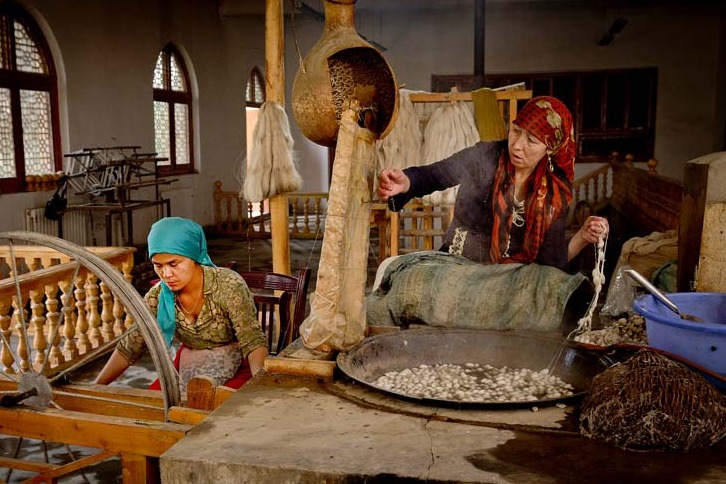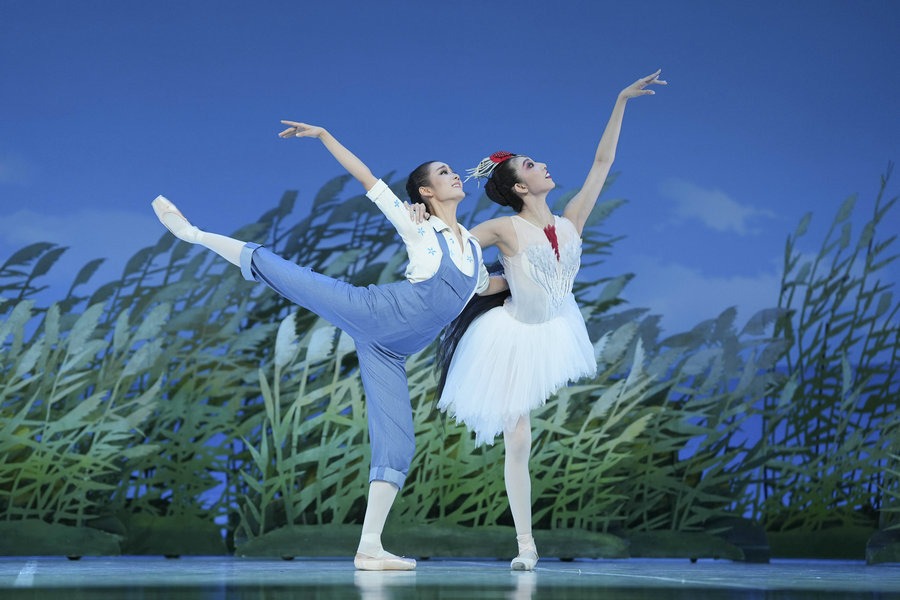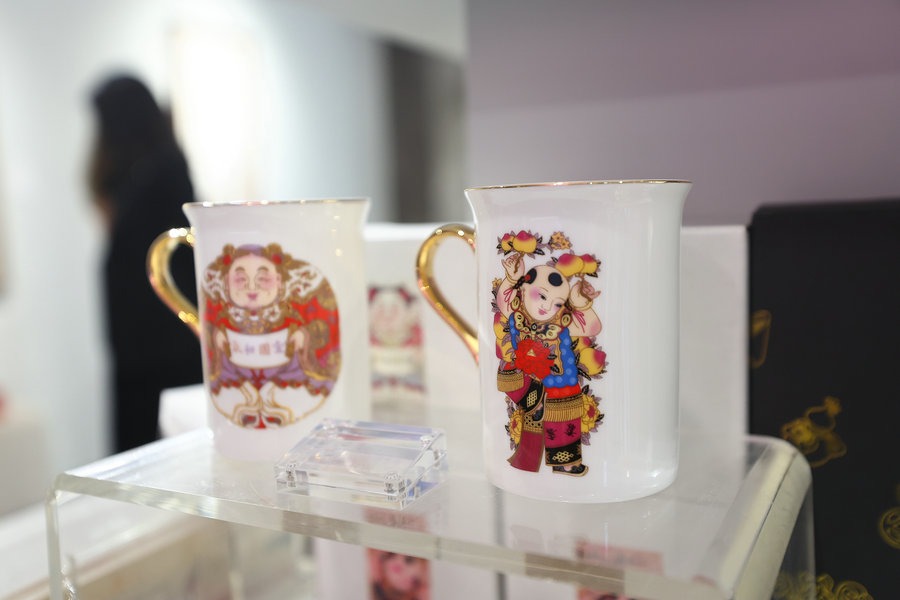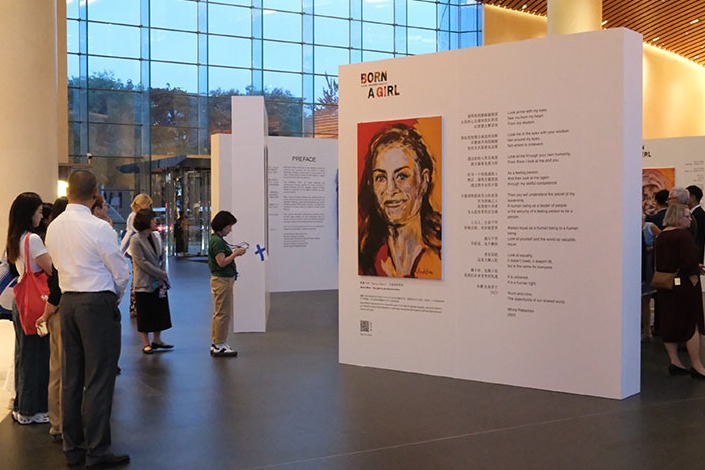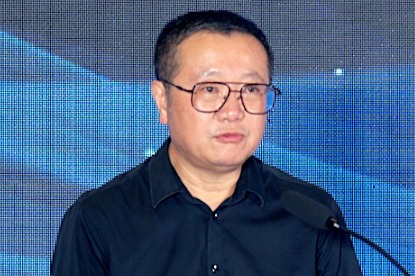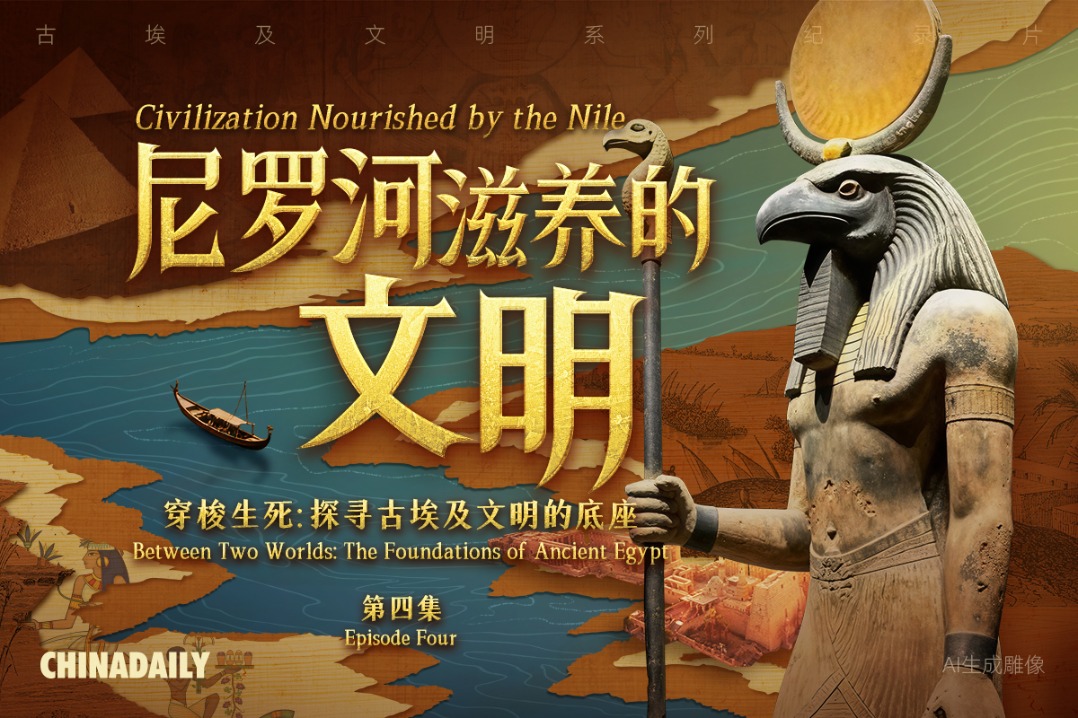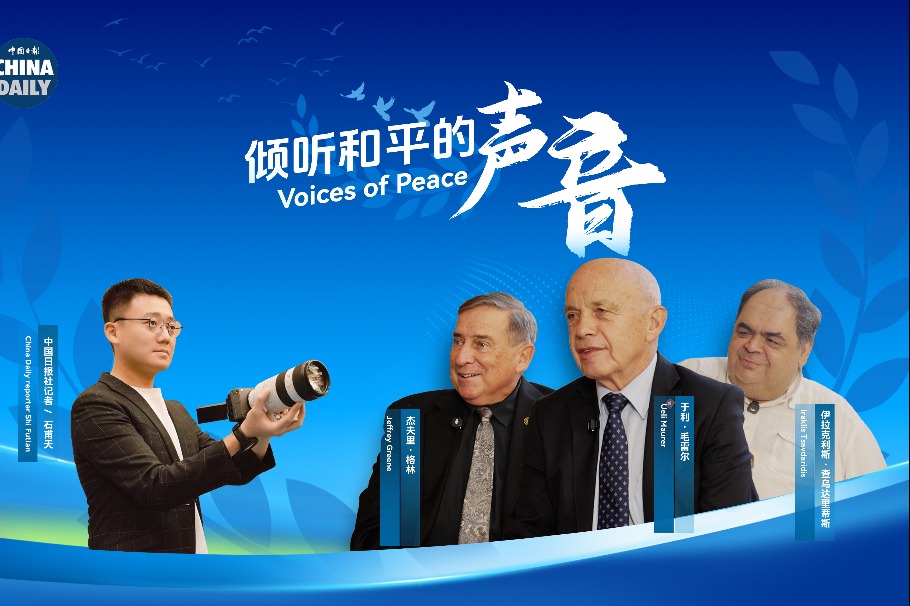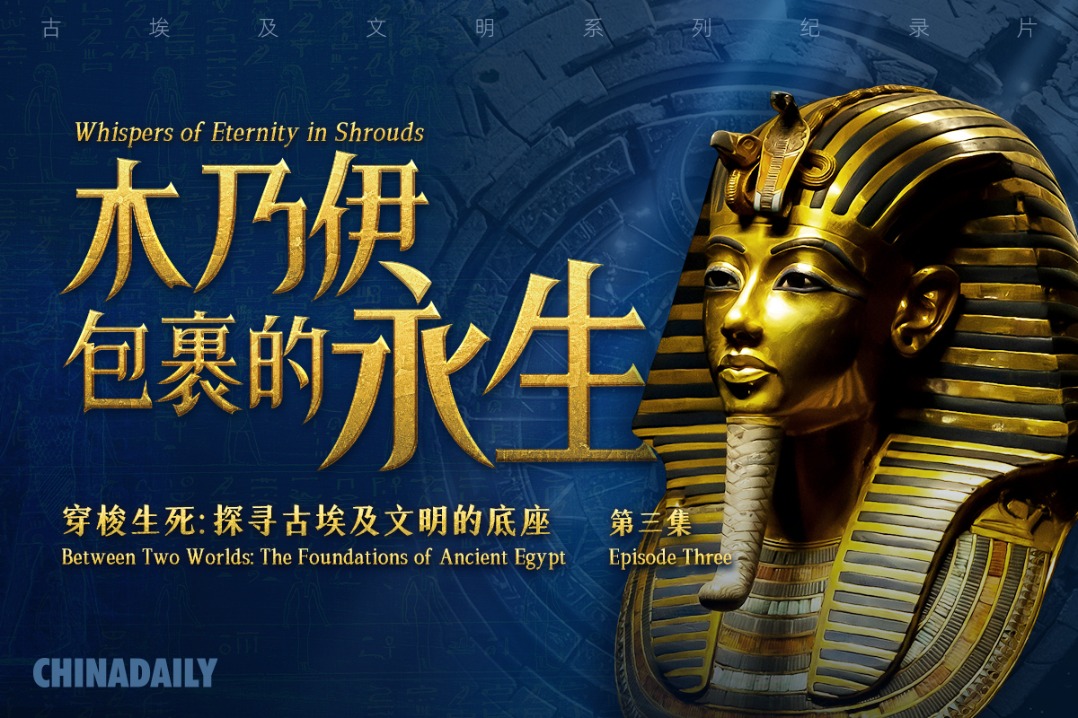With foot in past, museums eye future
Experts reimagine role of institution as innovators to keep up with rapidly advancing technology, Lin Qi reports.

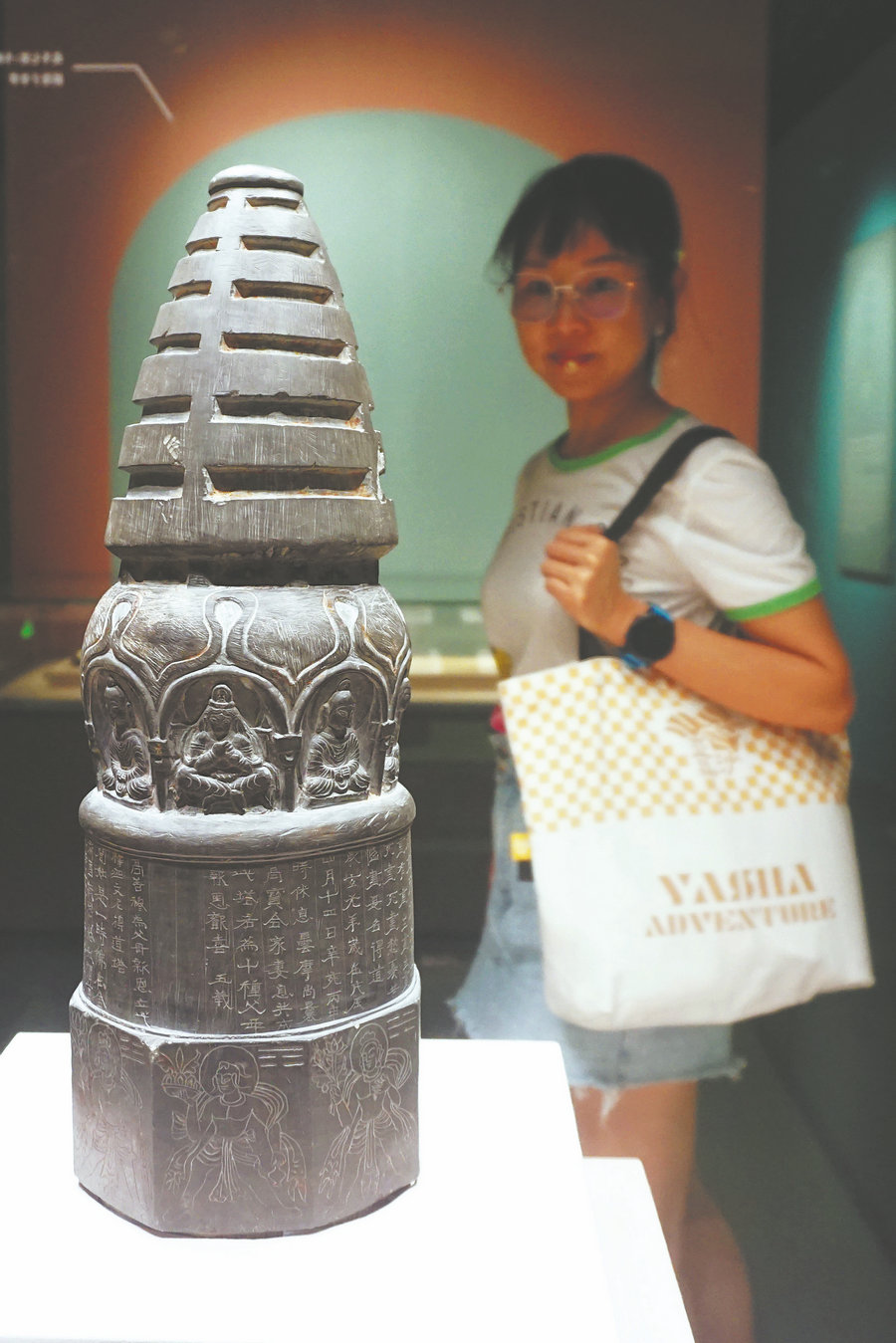
Last year, the museum held Notre-Dame de Paris, the Augmented Exhibition, a digital show that took visitors on a virtual dive into the history of the cathedral's architecture through the use of a specially developed tablet, and Caravaggio's World of Art, which included a 12-minute virtual reality tour that explored the meteoric rise and tragically short life of renowned Italian painter Michelangelo Merisi da Caravaggio (1571-1610).
For Gehane Nabil, director of the GEM Learning Center at the Grand Egyptian Museum in Giza, technology plays a vital and encouraging role in engaging the younger generation, so that they come to view museums as centers of lifelong learning, not only of art and culture, but also of a variety of experiences.
"At GEM, we believe technology is not a goal, but a means that helps deepen and enhance the visitor experience," she said at the third UNESCO High-Level Forum for Museums, held between April 23 and 25 in Hangzhou, Zhejiang province.
The forum was attended by experts in museum management and heritage protection from more than 60 countries and regions.
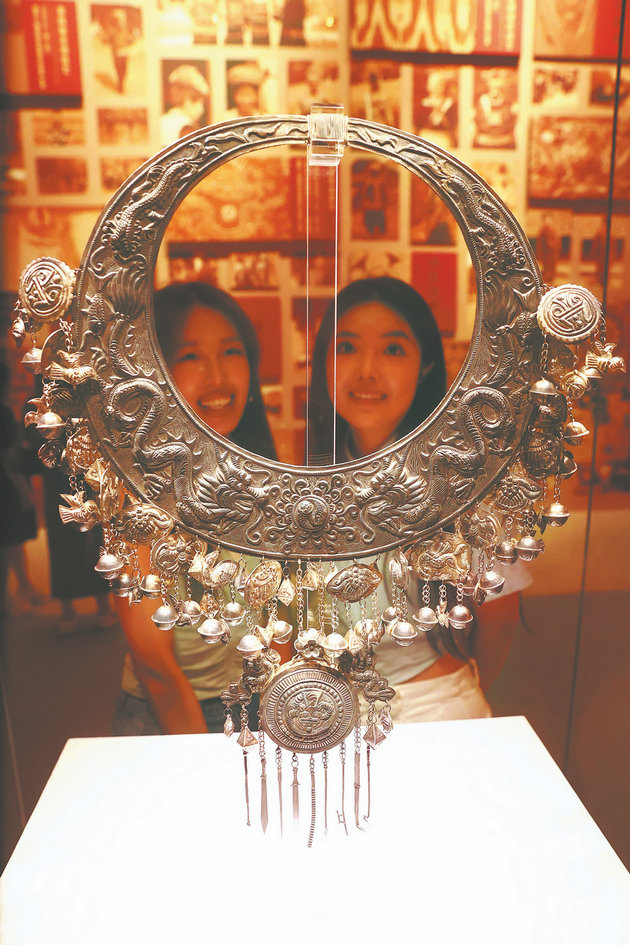
In her speech, Nabil referenced a Hackathon which has been held twice at GEM as a case for inviting college students to think of museums with the aid of AI.
She says the competition is designed to encourage innovations in problem-solving using advanced technology, and that dozens of university teams from all over Egypt participated to develop solutions, such as ways of improving GEM's photo booth service, at the Hackathon in December.
"College and university students are not regular museum visitors. They have a stereotype that museums are all about artifacts and boring stories," Nabil says.
"So we want to engage them, to talk to them in their own language."
During the competition, students spent a 24-hour period at the museum, developing their ideas on computers. They were dedicated to their tasks and came away feeling that they had contributed to museum management, Nabil says.
Silvia Singer Sochet, director of The Interactive Museum of Economics in Mexico, who also attended the forum, says: "People coming to museums are of different generations in need of different forms of learning. We've designed games for different groups, so that they can have fun while learning, and be connected to other people at the museum."
Zhao says that the museum is a unique type of classroom, compared to those at schools. It provides lifelong learning, anytime and anywhere. It offers online resources and on-site learning, real experiences that are irreplaceable. "It's a treasure trove of human knowledge."



















